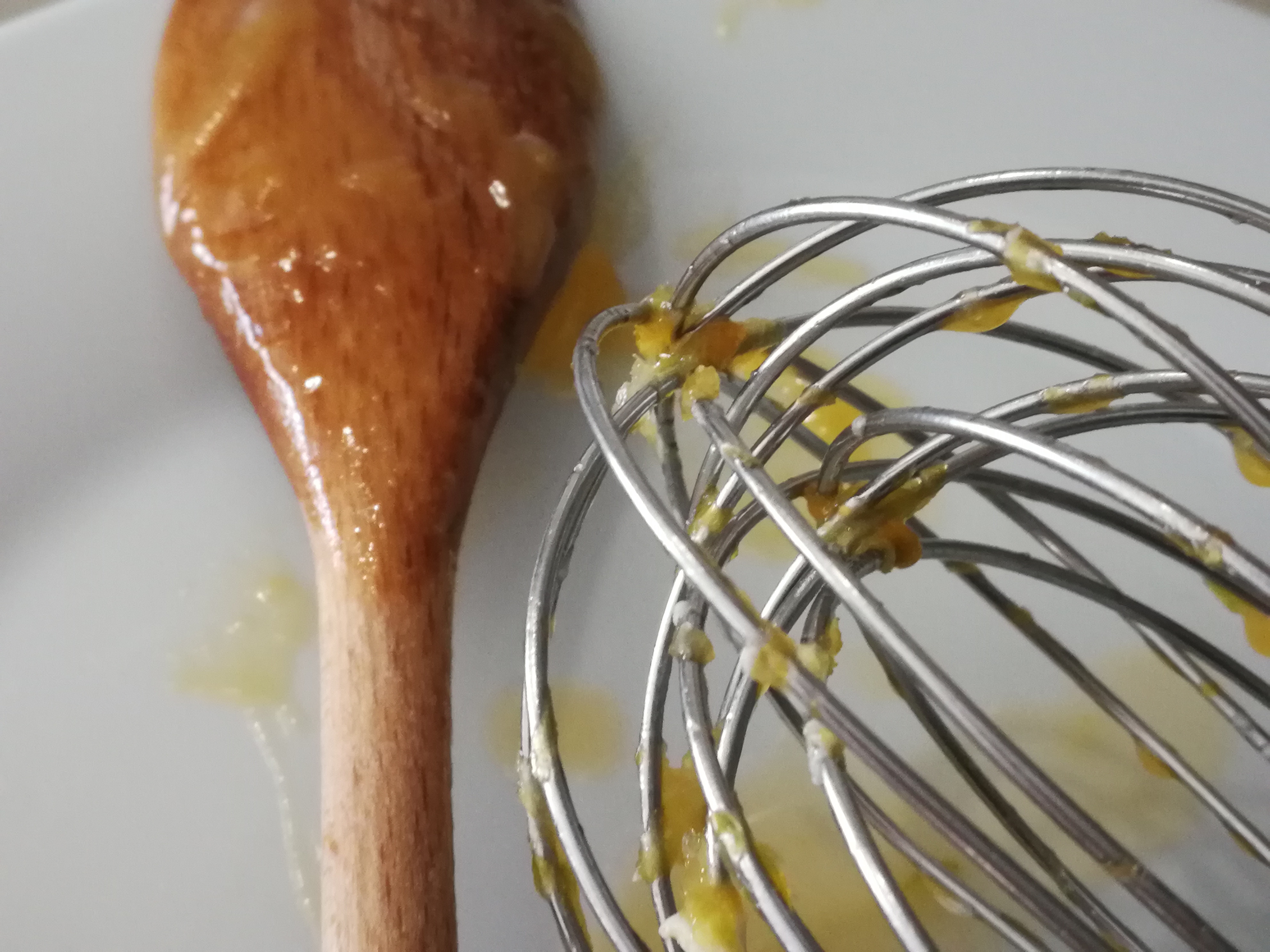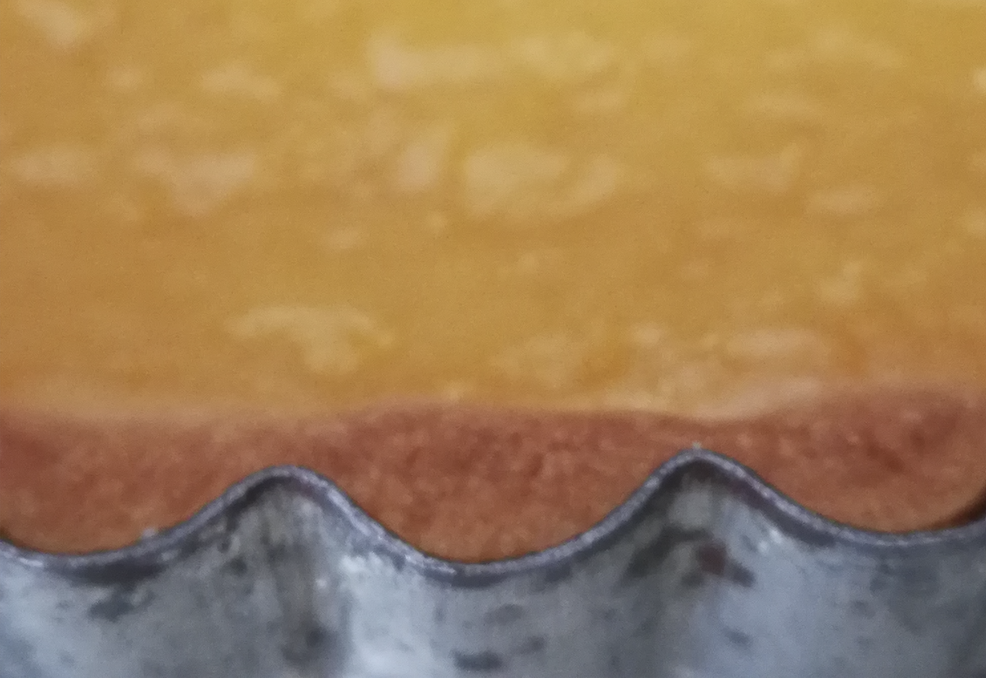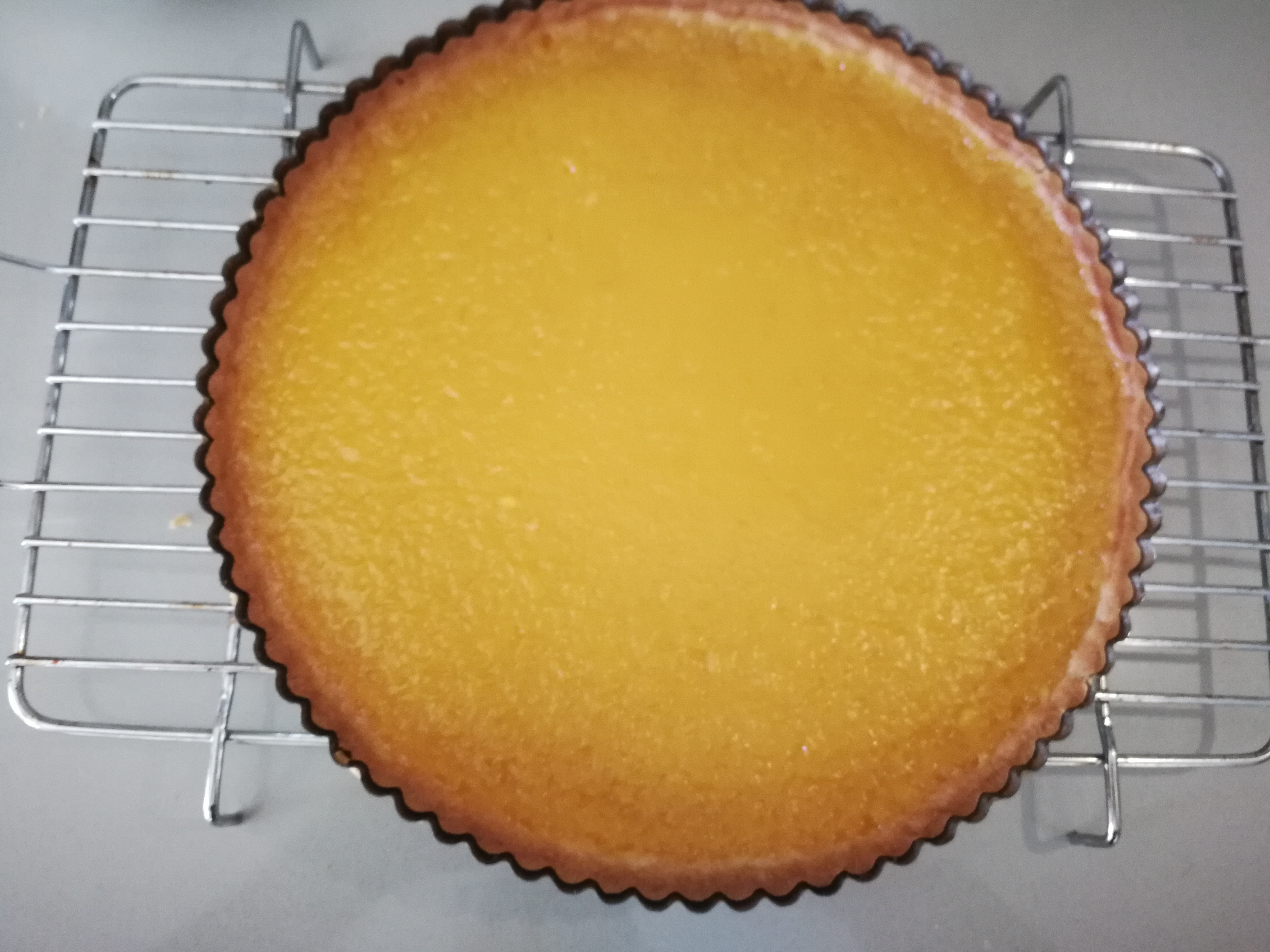Table of Contents
A lot of languages sound better than English. English in all of its multiple colloquial forms seems less romantic/musical and not as pleasant to the average ear as Latin-based languages. It appears it has taken on board a little too much from the Angles and Saxons from the 6th Century AD, which is why it has not been classified as one of the Romance languages.
Even the basic daily greetings – Buon giorno, Buenos dias, Bonjour – have a more musical lilt to them than dull old Good Morning. There are Northern European greetings that sound stiffer and even less hospitable and welcoming than English such as the guttural German morning greeting Guten Morgen.
Of course I haven’t yet delved into the realm of New Zealand’s very own greetings, but the colloquial “G’day” isn’t worth mentioning while the old “Tena koutou katoa” plus 3 greeting sounds like a rephrase from a haka or food preparation for the pot, puha and pakeha….oops I could get cancelled for that. Never mind, everything is ka pai.
With regard to food: French, Italian and Spanish are clearly the definitive languages in the culinary industry. One should not take offence that one’s own colloquial nouns and adjectives are left out when discussing or describing the production of protein and carbohydrates.
‘Mise en place’ has better definition and is more succinct than ‘food preparation’, ‘blanche’ versus ‘parboil’, ‘sauté’ versus ‘stir fry’ and so on. When it comes to names of products or foodstuffs it becomes clearer that English wasn’t intended to make food sound appetising nor fun to prepare. For example, the French ‘mille-feuille’ is known as ‘puff pastry’ in New Zealand; one describes a thousand pages of temptation, the other something swollen or puffy. The Spanish jambon outshines the English leg of cured ham…




Torta al Limone
This version of lemon tart doesn’t use gelatine, nor is it adorned with piped Italian meringue, singed brown with a brenner. Instead it uses lemon curd, which in turn gets some colour naturally during the baking process. Its flavour is intense and the eggs and butter give it a creamy, dreamy texture that is offset or balanced by the short pastry crust. Best served chilled by itself but also amazing with whipped cream or French vanilla ice cream if you can take the extra calories.
Torta Base
Ingredients:
- All purpose flour x 2½ cups, extra for dusting
- Pinch of salt
- Cubed cold butter x 200 gram
- Confectioners sugar x 1 cup
- Egg yolks x 3
- Zest of one lemon
Method:
Put everything but the eggs and sugar into a mixer or food processor; mix until mixture resembles coarse bread crumbs. Then add the sugar, mix briefly, then the egg yolks. It should come together quickly.
Remove from mixer, shape into a rectangular slab, wrap in Glad Wrap and freeze for an hour.
Once the dough has hardened, dust a tart pan with flour and then grate the pastry into the tart pan. As the grated pastry builds, press down strongly with your fingers, making sure the tart base is no more than 3-4 mm thick on both bottom and sides.
Using a fork, ensure the base is punctured well all over, then return base to freezer for half an hour.
Turn the oven to 180 C. Once hot, bake base for 20-25 minutes straight from the freezer until light-medium brown.
While the base is baking…
Ingredients:
- Egg yolks x 4
- Whole eggs x 3
- Zest and juice of 4 medium lemons
- Sugar x 1 cup
- Butter x 125 gram, cubed small
Method:
Put all the ingredients except the butter into a heavy based pan over a very low heat and whisk until the eggs have disintegrated and the sugar has started to melt.
Add half the butter and continue to whisk; once melted, add the second half. Never stop stirring. If you have a cooking thermometer the egg mixture should be brought to 72-74 Celsius; at this temperature it will be really thick. Once thickened, remove from heat and continue to stir so the mixture doesn’t become lemon scrambled eggs.
Once the base is out of oven, raise oven temperature to 230 C. Tip filling into tart base, level with a bit of shaking and tilting and then bake at 230 C for 7-odd minutes until the mixture starts to slightly brown. Remove and cool on cake rack.
Best served chilled. Whipped cream and/or vanilla ice cream can be a nice addition.
If you didn’t like tarts before this I am sure you will appreciate them now.
Next week, back to the heart of the Middle East, a recipe that originates in Syria that has become popular throughout the region. “Lahme Barjine” a real tasty meat and pita dish that all age groups can appreciate and enjoy.
If you enjoyed this recipe why not share it with your friends via social media or e-mail? If you want a copy of your own select the print option at the top of the page.









